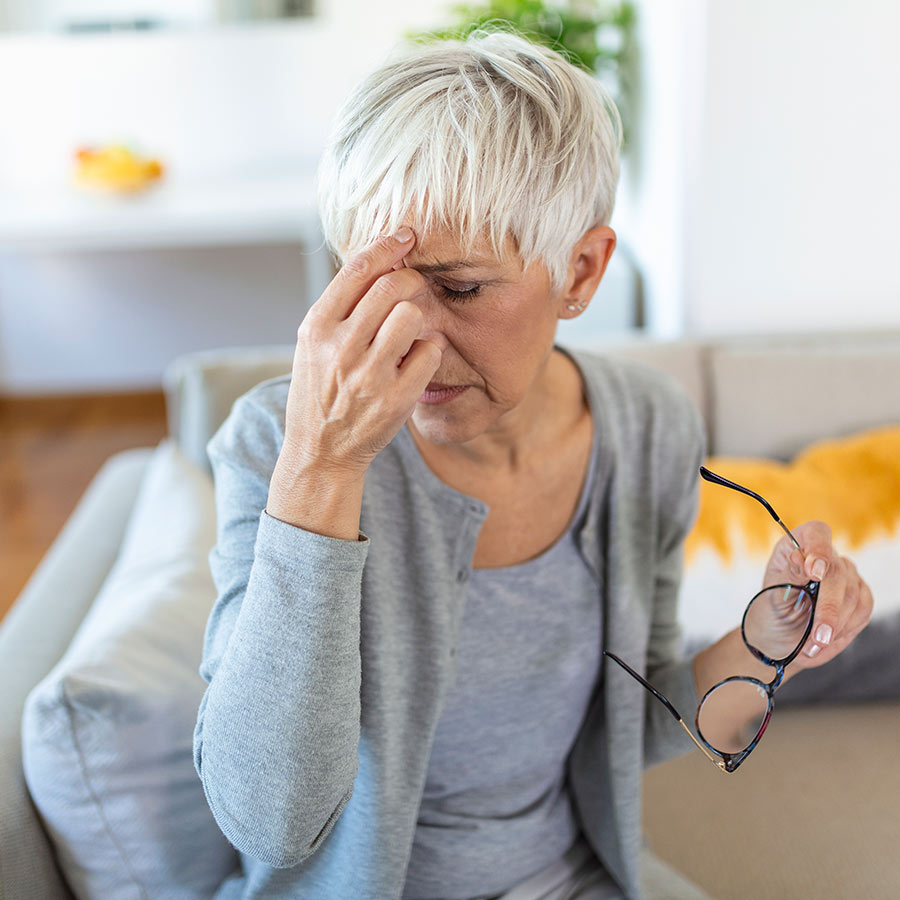Understanding the Link Between Glaucoma and Intraocular Pressure
Glaucoma, a leading cause of irreversible blindness, is often tied to elevated intraocular pressure (IOP). This pressure stems from fluid buildup in the eye, which damages the optic nerve over time. While steady high IOP is a known risk factor, sudden eye pressure spikes can accelerate vision loss. But what causes these dangerous spikes? Let’s explore the triggers and how to mitigate them.
Why Are Eye Pressure Spikes Dangerous?
Even temporary IOP surges can strain the optic nerve, reducing blood flow and worsening glaucoma damage. Left unmanaged, these spikes may lead to:
Common Triggers of Eye Pressure Spikes
1. Certain Medications
2. Eye Rubbing or Physical Strain
3. Poor Sleep Positions
4. Stress and Anxiety
5. Dehydration or Overhydration
6. Dietary Factors
How to Manage and Prevent Eye Pressure Spikes
Regular Monitoring and Check-Ups
Lifestyle Adjustments
Medication Management
Stress Reduction Techniques
When to Seek Immediate Help
Sudden symptoms like severe eye pain, blurred vision, or halos around lights could signal an acute IOP spike. Contact your ophthalmologist immediately to prevent permanent damage.
Conclusion: Stay Proactive Against Glaucoma Progression
Understanding what triggers eye pressure spikes empowers you to take control of your glaucoma management. By avoiding known risks, adhering to treatment plans, and monitoring changes, you can protect your vision and slow disease progression. Always consult your eye care specialist for personalized advice.




